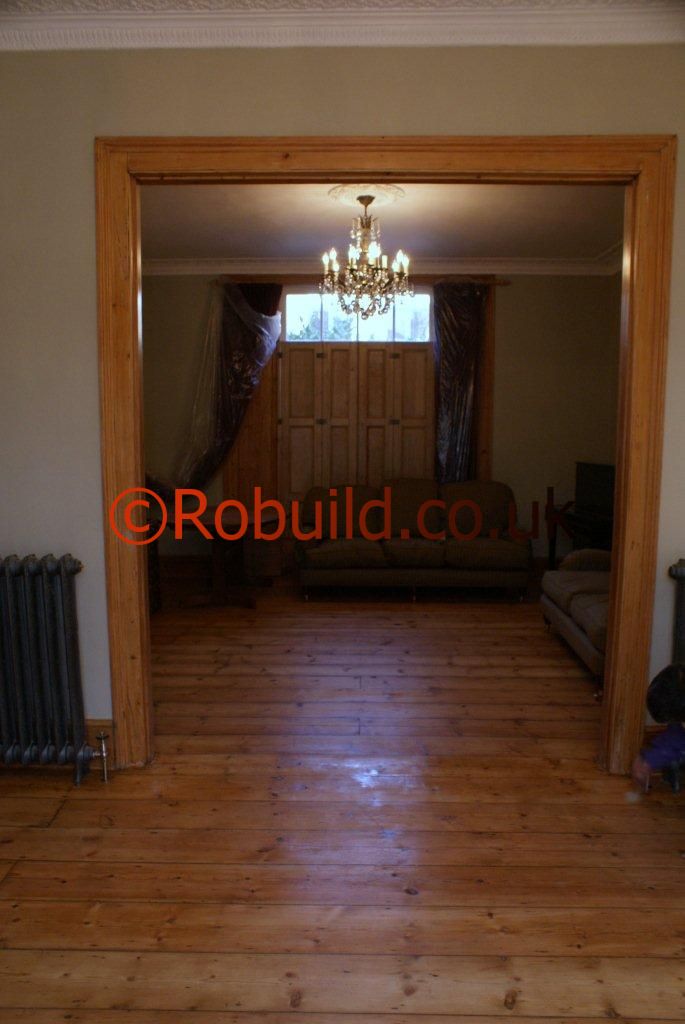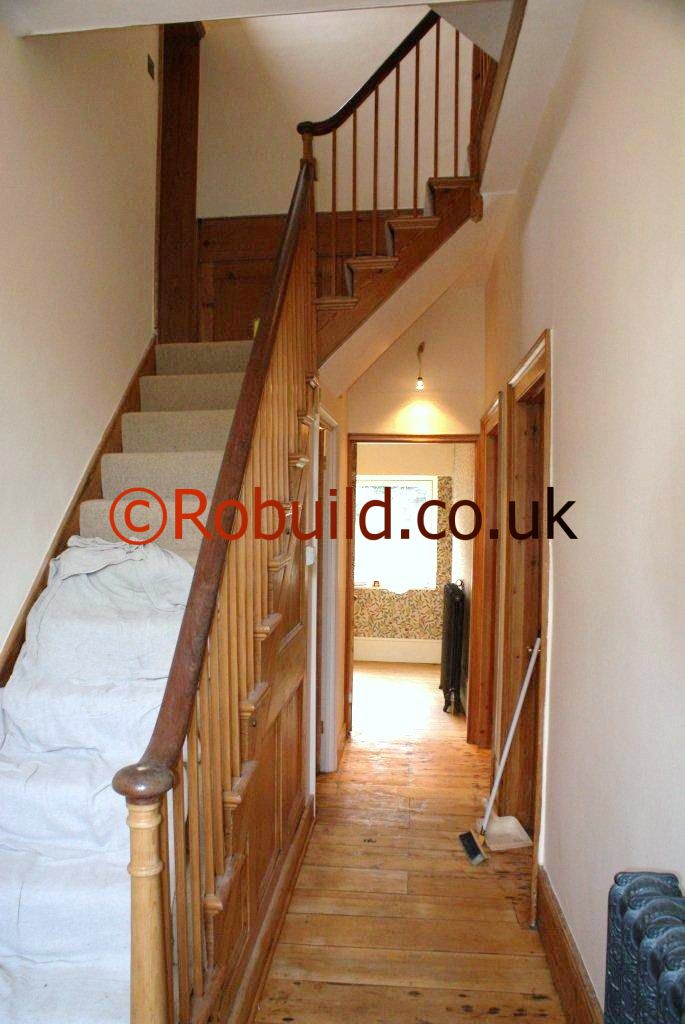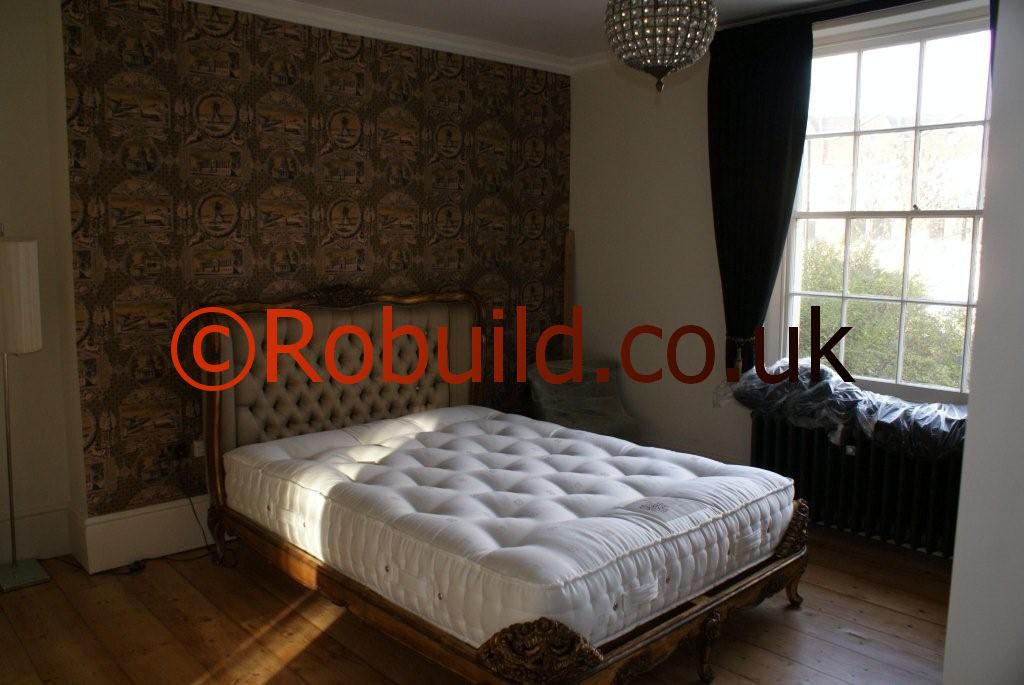Dark, dreary rooms need not be a problem if you decorate them with imagination. Use colour as your main ally, together with well planned lighting and mirrors, to conjure up a feeling of more light. Extra windows, naturally, are the best way of letting in more light to dark rooms, and you may be able to afford to alter or enlarge the windows in your house. This is more of an upheaval than ingenious decorative treatments, however, and entails structural alterations. Plan what you are going to do. If one of the rooms in your house is dark, and you want to brighten it up, don’t simply increase the wattage in all the light bulbs and paint the walls and ceiling white. There are more subtle-and more effective-treatments for dreary areas, and each room must be dealt with according to its function, shape and size.
Using colour
You can obtain colour charts specially planned to help you create light colour schemes for dark rooms. Different rooms need different treatments, so consider what effect you want to achieve before you go ahead. For instance, an all-white scheme in a living room can make it seem light and airy, but an all-white bathroom would be cold and clinical without the addition of bright pictures, towels and other accessories. Choose cheerful colours like daffodil yellow for tall, dark rooms, or brighten them up with a gay wallpaper, paint the ceiling in one of the paler colours of the wallpaper and use masses of white on the woodwork and furniture.
Low, dark rooms often look best with a white ceiling, but if you want to paint it the same colour as the walls, you can avoid a lowering effect by picking out the cornice in brilliant white, and add bright-looking furniture in white, sky blue or yellow. Using bold colours in a dark room needs special care. Bright red in a small hall looks warm and welcoming, but it can also look dark unless it is mixed with a lot of white plus a big mirror and strong lighting. Remember that pale colours like white, grey and pastel blue are space givers, whereas more dense colours like emerald green and scarlet or orange advance, making a room seem smaller. In the northern hemisphere, north- and east-facing rooms need warm colours to help them feel sunny, so yellows and oranges are good dominant colours. South and west facing rooms will be sunny anyway, even if they are dark, so you can safely use cooler colours like white, pale blue or very pale green. Heavy colours like black and deep brown should be used sparingly in a dark room, although one wall covered in chocolate brown hessian will give a warm feel to a room.
A black-covered kitchen bench could be too sombre in a dark kitchen, but if you choose orange, blue, or even white, the worktop will act as a reflective surface, making the dull room lighter. Window treatments Enlarging windows is the most positive way of creating more light in dark rooms. If you don’t want to widen your windows, a less major operation is to lengthen them to floor level and put in French windows in the basement and ground floor rooms. Long windows can also be put in bedrooms, but this is not a good idea in a child’s room. A small fake balcony outside, attached to a strong pair of brackets, will make the window look more natural; this could take the form of a wrought iron railing, or a big painted brass fender with room for a trough of flowers inside. To catch more light in a ground floor room, change a plain window for a bow-shaped one, or a larger bay window. Installing a bay window would mean extending the walls outwards to take in the shape of the bay. You can add more light fairly simply by changing the type of window inside the original frame.
Small-paned or leaded windows can be replaced by ones with larger panes, but remember that the glass will be more expensive to replace if it gets broken. Many Edwardian houses still have coloured or stained glass panes, particularly in hall or living room windows. If you swap these for plain glass, more light is easily let in. Remember that altering a window will change the whole appearance of a house from the outside. Well thought-out enlarged windows will add a feeling of light both inside and outside the house. But windows that do not blend with the design of the house, especially if it is a decidedly period one, can ruin an otherwise attractive front, although they may improve matters inside.
Curtains and blinds
The main rule to remember in a dark room is never to use dark curtains or blinds. Light window coverings will help reflect what daylight there is in the room. Don’t half-draw curtains; instead, make the rail long enough so that the curtains can be pulled back to clear the edge of the window frame, thus letting in as much light as possible. Blinds are particularly good in dark rooms because they can be neatly rolled up in the daytime so that they don’t obscure the light at all. Shutters are another good choice, because they fold neatly out of the way. In a dark bathroom, you can make your own shutters out of figured hardboard, painted white, or use white-painted louvred shutters. They can be left closed during the day for privacy and will still let in a certain amount of light which can be supplemented by a concealed tungsten strip light behind them if necessary. It is best to keep the feeling of light coming through a window in a dark room by painting the frame white, both inside and out. If you need net curtains, choose a crisp white rather than a pastel shade; the heavy fish net type let in more light than the more dense plain ones. A pretty effect can be achieved by using a thick Nottingham lace with a fairly open pattern to let in the light.








